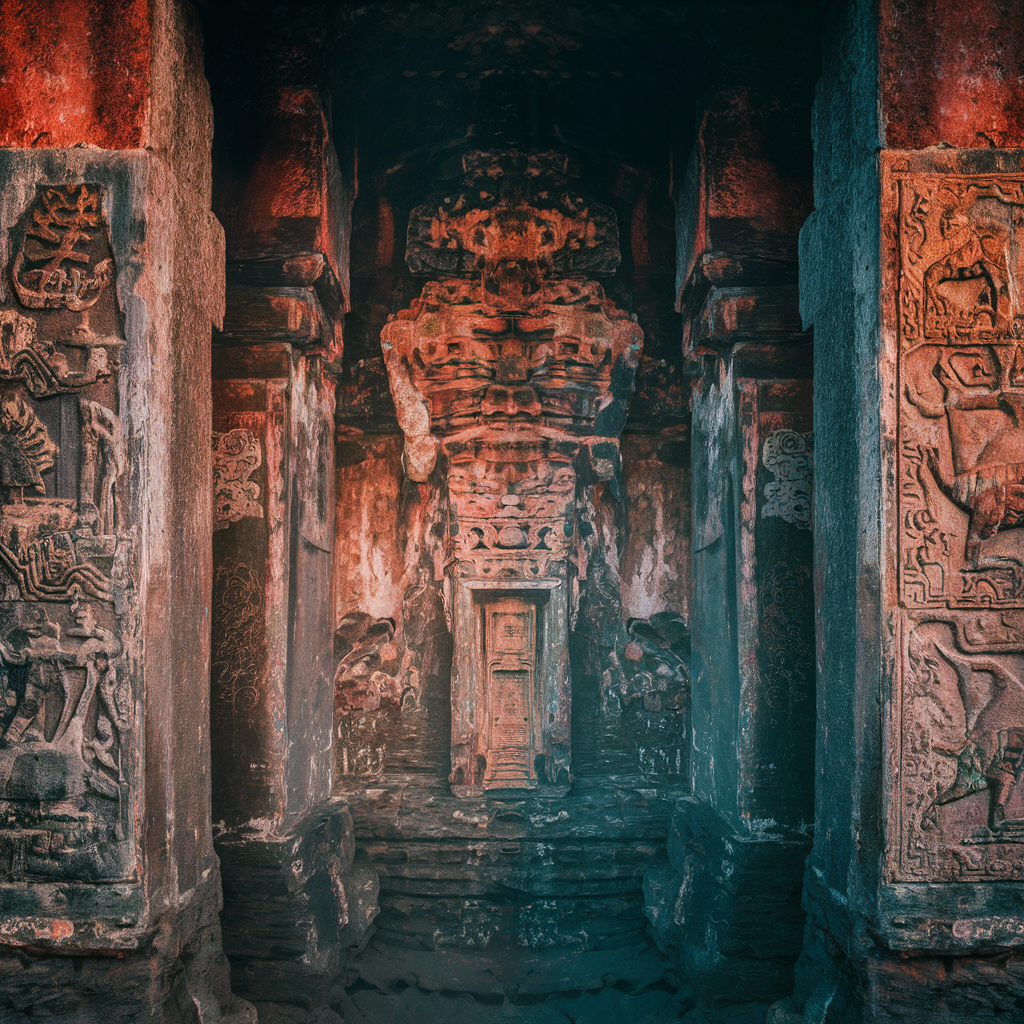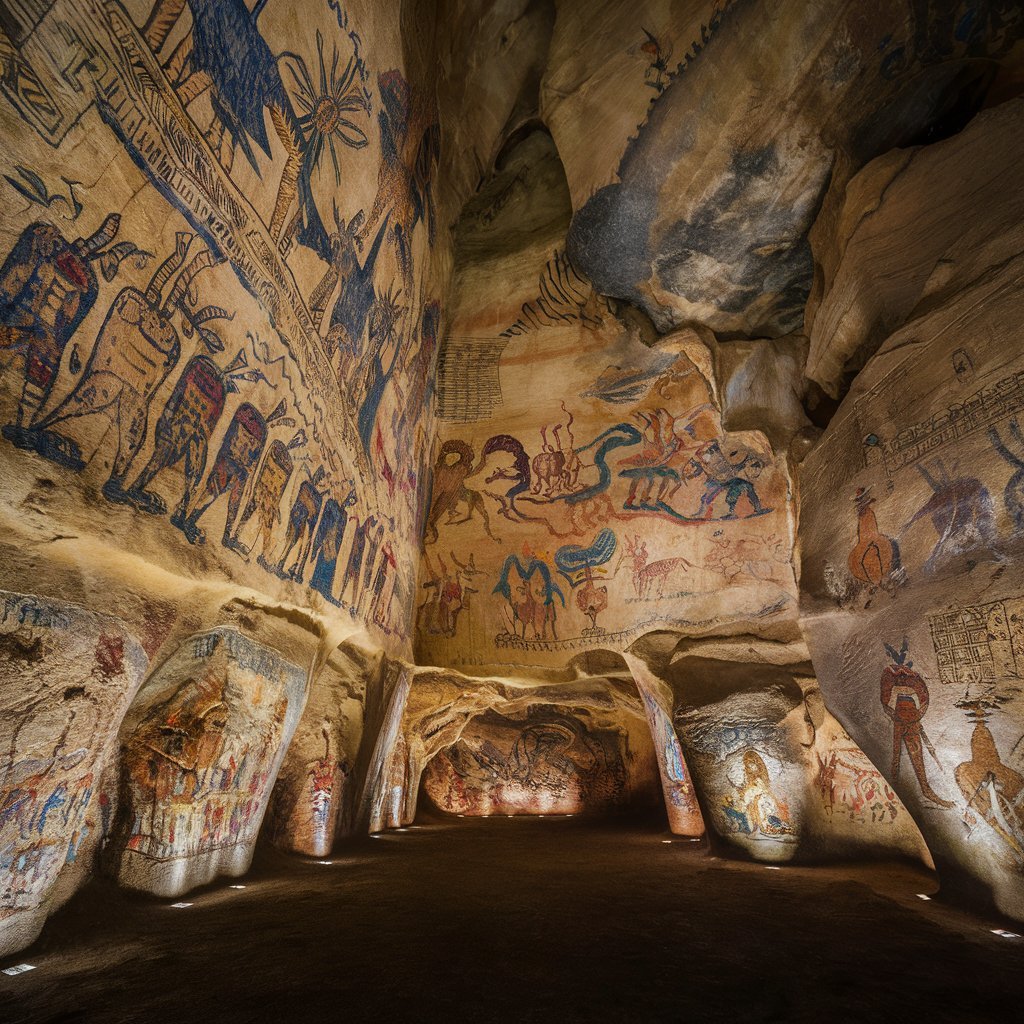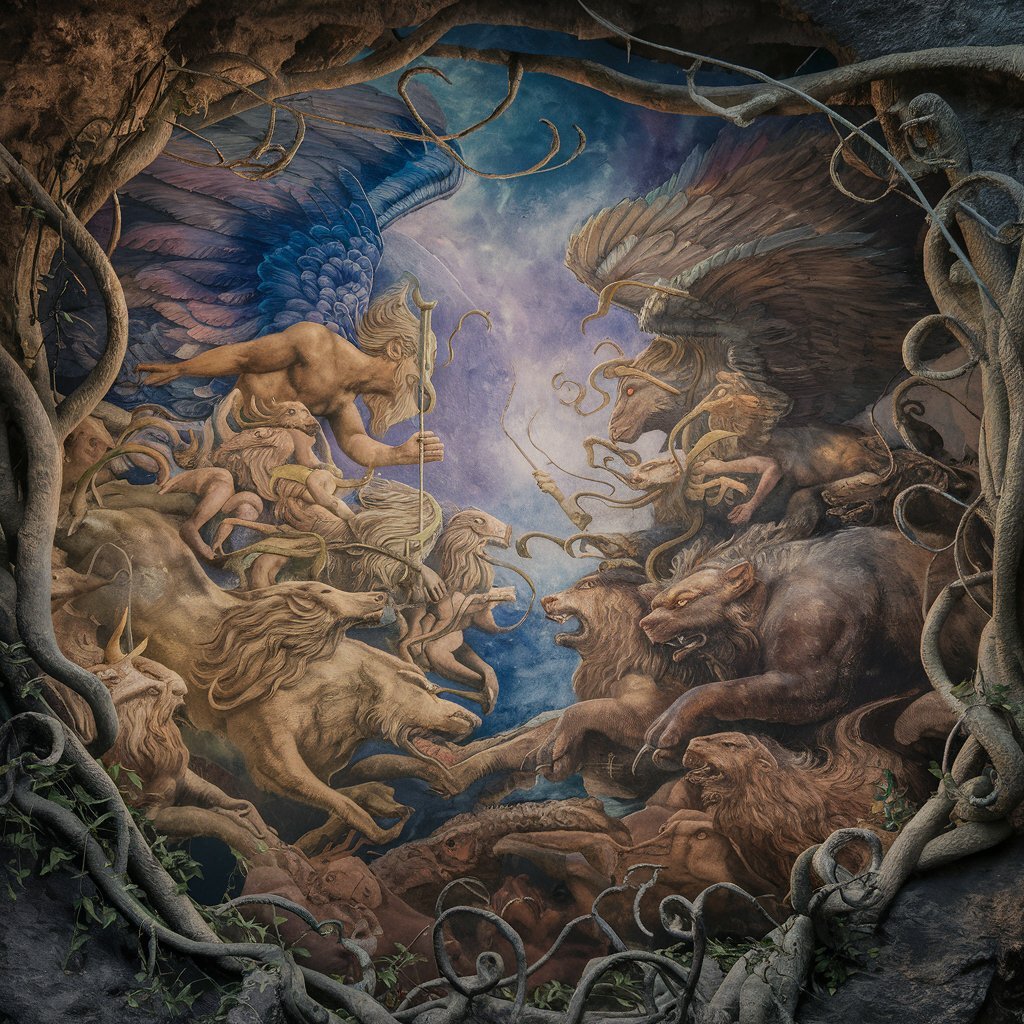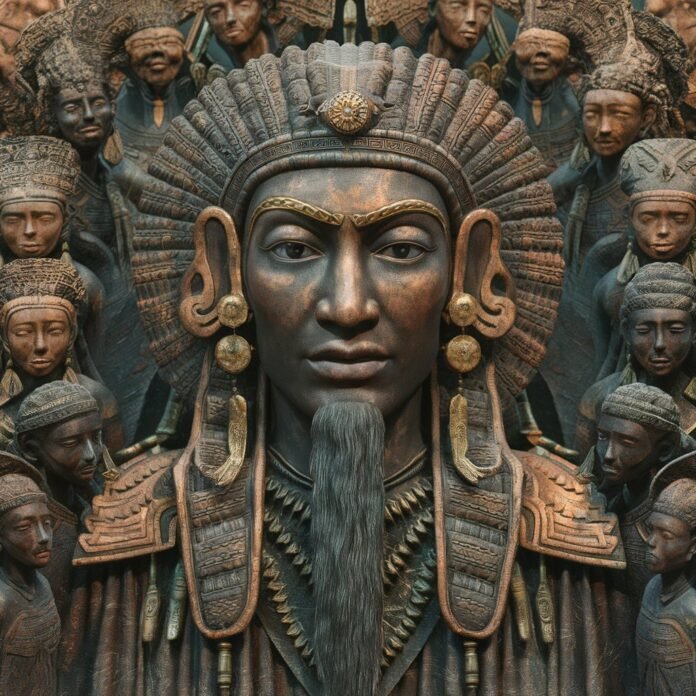Introduction
Art has been an integral part of human civilization since the dawn of time, serving as a medium for expression, storytelling, and cultural preservation. Ancient art, in particular, offers a fascinating glimpse into the beliefs, traditions, and daily lives of our ancestors. From the intricate cave paintings of prehistoric times to the grand sculptures of classical empires, each piece tells a story of innovation, spirituality, and human ingenuity. In this article, we will explore some of the most significant forms of ancient artz uncovering their meanings, techniques, and enduring legacies.
1. The Mystique of Cave Paintings: Humanity’s First Canvas
Long before the invention of written language, early humans turned to cave walls as their canvas, creating stunning depictions of animals, rituals, and daily life. The Lascaux Caves in France and the Altamira Cave in Spain are among the most famous examples, featuring lifelike renderings of bison, horses, and hunting scenes. These paintings were not merely decorative; many researchers believe they held spiritual or ceremonial significance, possibly serving as a form of sympathetic magic to ensure successful hunts. The use of natural pigments like ochre and charcoal, combined with rudimentary yet effective techniques, demonstrates the remarkable artistic skill of prehistoric people. These ancient masterpieces provide invaluable insights into the cognitive and cultural development of early humans.
2. The Grandeur of Egyptian Art: A Divine Connection

Ancient Egyptian art is renowned for its symbolic and highly stylized approach, deeply intertwined with religion and the afterlife. From colossal statues of pharaohs to intricate hieroglyphics adorning temple walls, every artistic element carried meaning. The Egyptians believed that art had the power to preserve the soul, leading to the creation of elaborate tomb paintings and funerary objects like the golden mask of Tutankhamun. Their use of rigid proportions, hierarchical scale (where size indicated importance), and vibrant colors reflected their devotion to order and eternity. Whether carved in stone or painted on papyrus, ancient artz Egyptian art was not just an aesthetic pursuit but a sacred duty, ensuring the immortality of both gods and kings.
3. The Classical Beauty of Greek and Roman Sculpture
The ancient Greeks and Romans elevated sculpture to unprecedented levels of realism and idealism. Greek artists, such as Phidias and Praxiteles, perfected the human form, crafting statues that embodied balance, harmony, and divine beauty. The Roman Empire, while heavily influenced by Greek art, added its own flair through portraiture that emphasized individuality and realism, as seen in busts of emperors and statesmen. Marble and bronze were the primary mediums, with techniques like contrapposto (a naturalistic stance) bringing figures to life. These sculptures were not merely decorative—they celebrated mythology, honored leaders, and commemorated athletic and military triumphs, leaving a legacy that continues to inspire Western art today.
4. The Intricacy of Mesopotamian Reliefs and Pottery

Mesopotamia, the cradle of civilization, produced some of the earliest known forms of structured art, including detailed relief carvings and painted pottery. The Assyrians and Babylonians adorned their palaces with intricate stone reliefs depicting battles, royal hunts, and mythological scenes, serving both as decoration and political propaganda. Meanwhile, Sumerian pottery showcased geometric patterns and narrative scenes, often used in religious and domestic contexts. Cuneiform inscriptions frequently accompanied these artworks, blending visual and written storytelling. Mesopotamian art was deeply functional, reinforcing the power of rulers and the connection between humanity and the divine.
5. The Spiritual Depths of Indian and Southeast Asian Art
Ancient Indian art, from the Indus Valley civilization to the Gupta Empire, was deeply spiritual, reflecting Hindu, Buddhist, and Jain philosophies. Sculptures of deities like Shiva and Buddha, carved in stone or cast in bronze, displayed intricate details and symbolic gestures (mudras). The Ajanta and Ellora caves, with their breathtaking murals and rock-cut temples, stand as testaments to India’s artistic and religious devotion. Similarly, Southeast Asian civilizations, such as the Khmer Empire, created monumental structures like Angkor Wat, blending architecture and sculpture into sacred landscapes. These artworks were not just expressions of faith but also served as tools for meditation and worship.
6. The Bold Expressions of Mesoamerican and Andean Art

The ancient civilizations of the Americas—such as the Maya, Aztec, and Inca—developed unique artistic styles that reflected their cosmological beliefs and societal structures. Mayan stelae, adorned with elaborate carvings of kings and gods, recorded historical events and celestial cycles. The Aztecs crafted striking stone sculptures, including the famous Sun Stone, which symbolized time and divinity. In the Andes, the Inca civilization excelled in textile art and masonry, constructing precision-cut stone temples like Machu Picchu. These artworks were not merely decorative but played vital roles in rituals, governance, and cultural identity.
Conclusion: The Timeless Legacy of Ancient Art
Ancient art is more than just a collection of artifacts—it is a window into the minds and souls of past civilizations. Whether through the sacred carvings of Egypt, the lifelike sculptures of Greece, or the spiritual murals of India, these works reveal humanity’s enduring desire to create, communicate, and connect with the divine. By studying ancient art, we not only preserve history but also gain a deeper appreciation for the creativity and resilience of our ancestors. Their masterpieces continue to inspire, reminding us that art is, and always has been, a fundamental part of what it means to be human.


